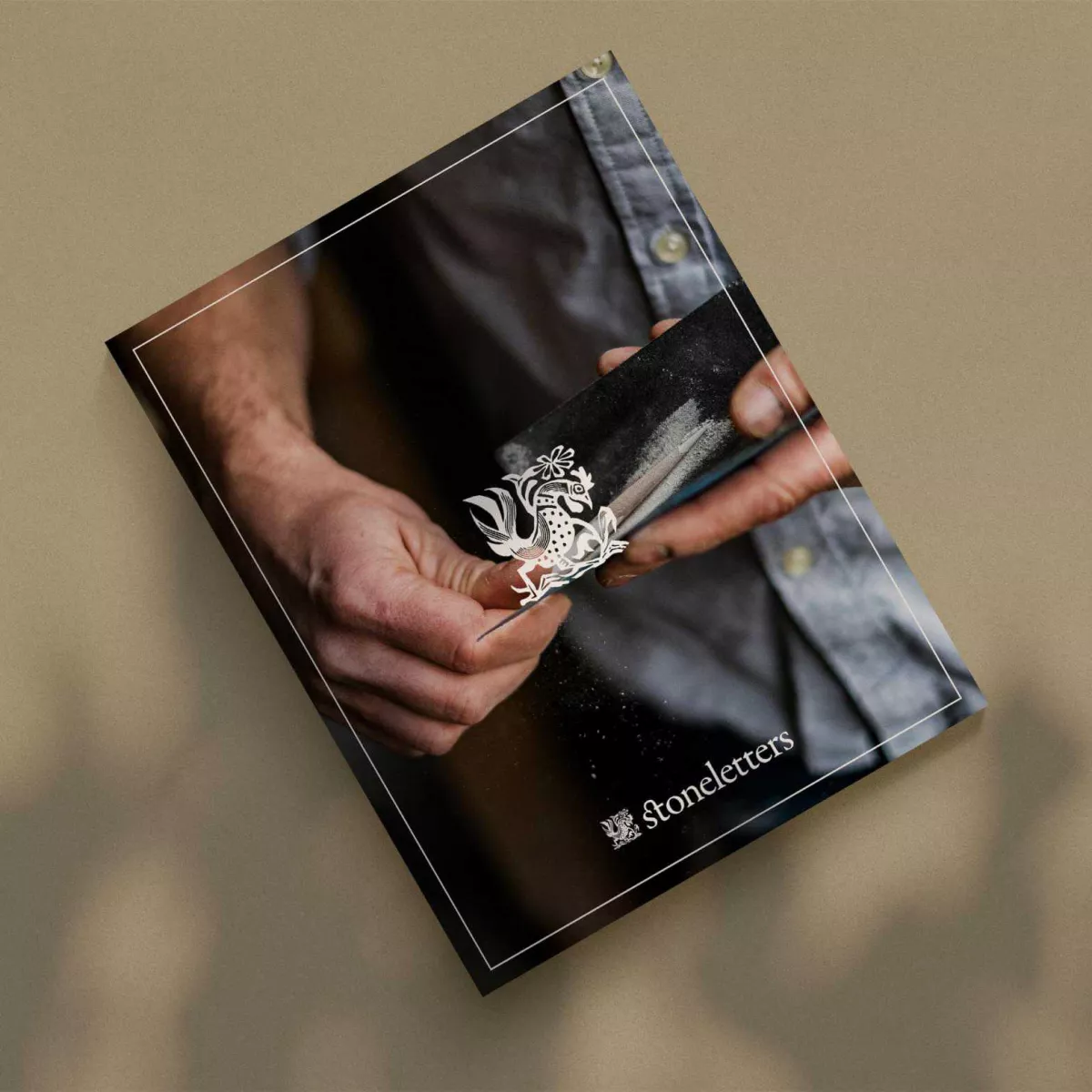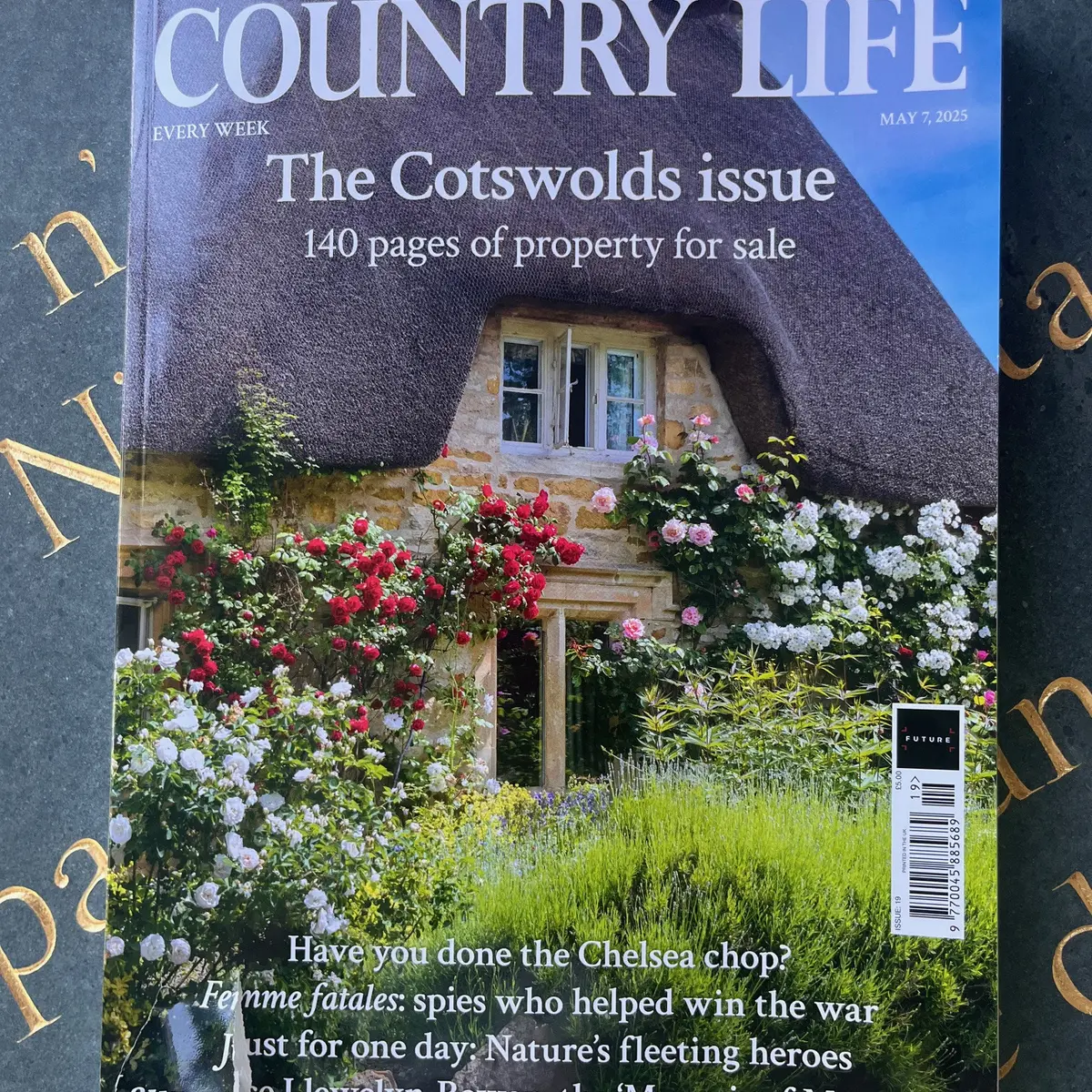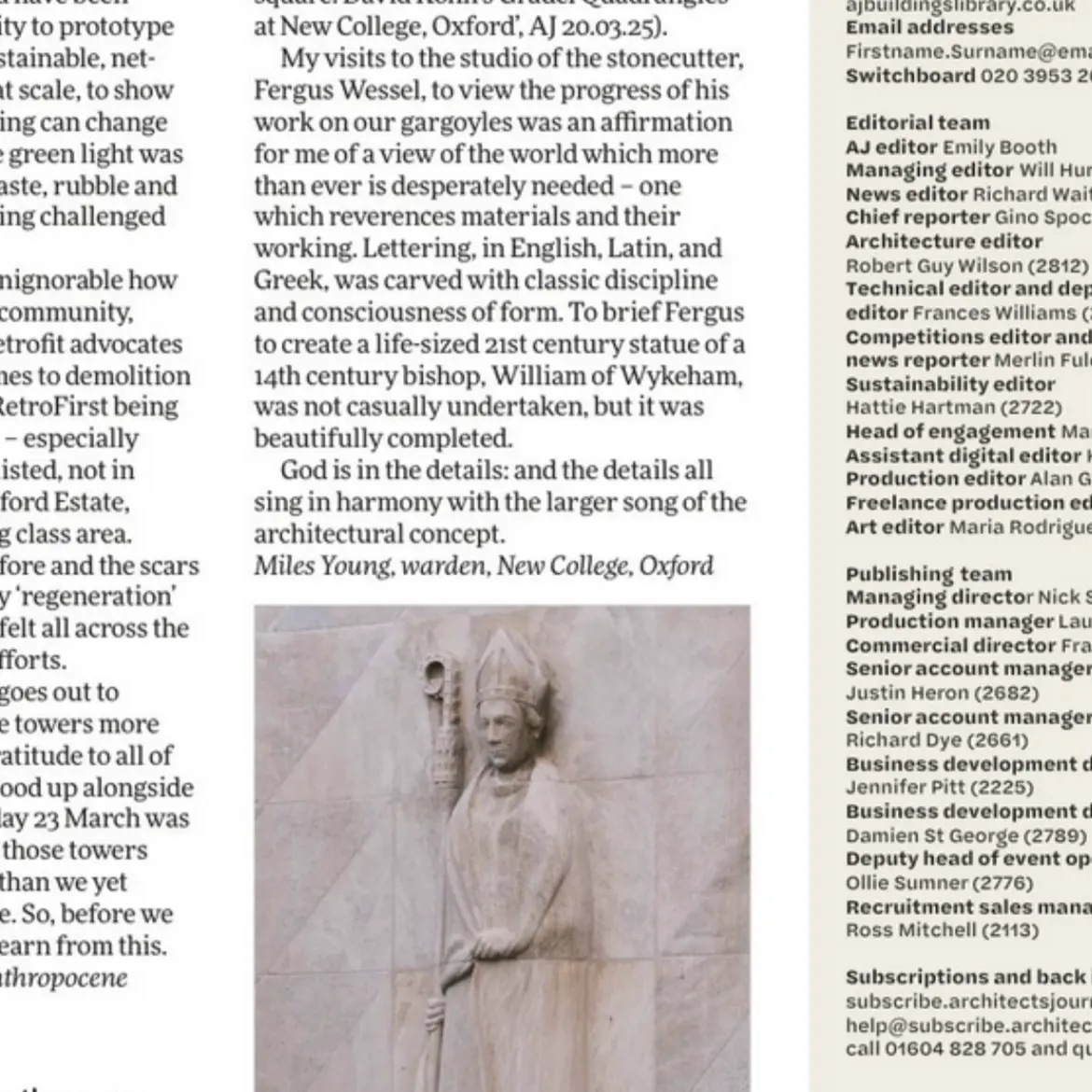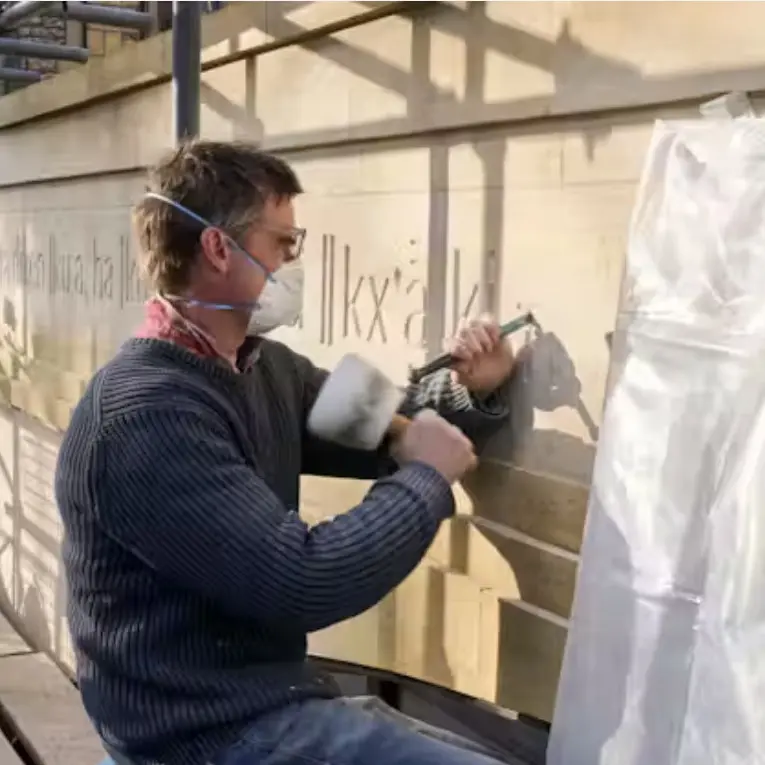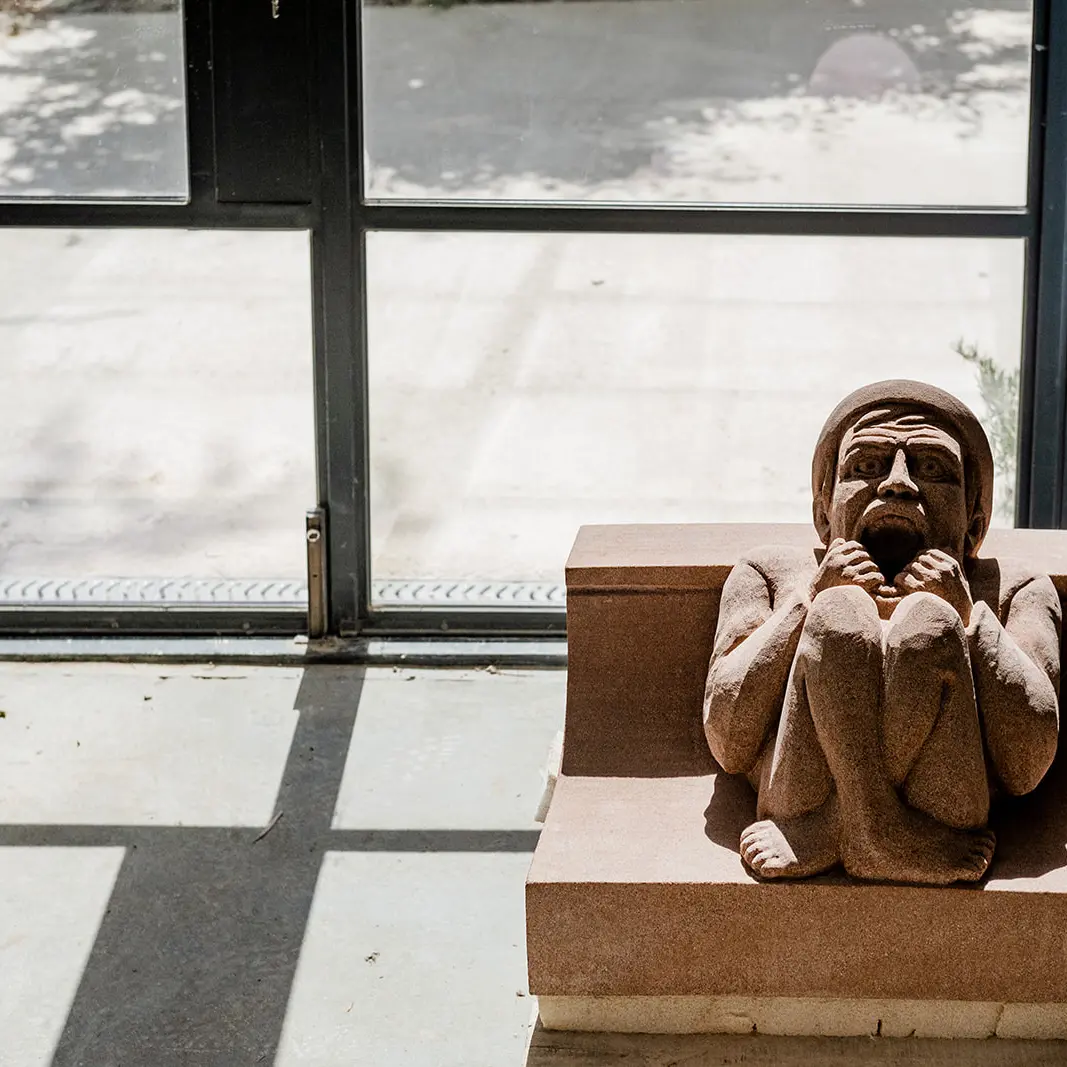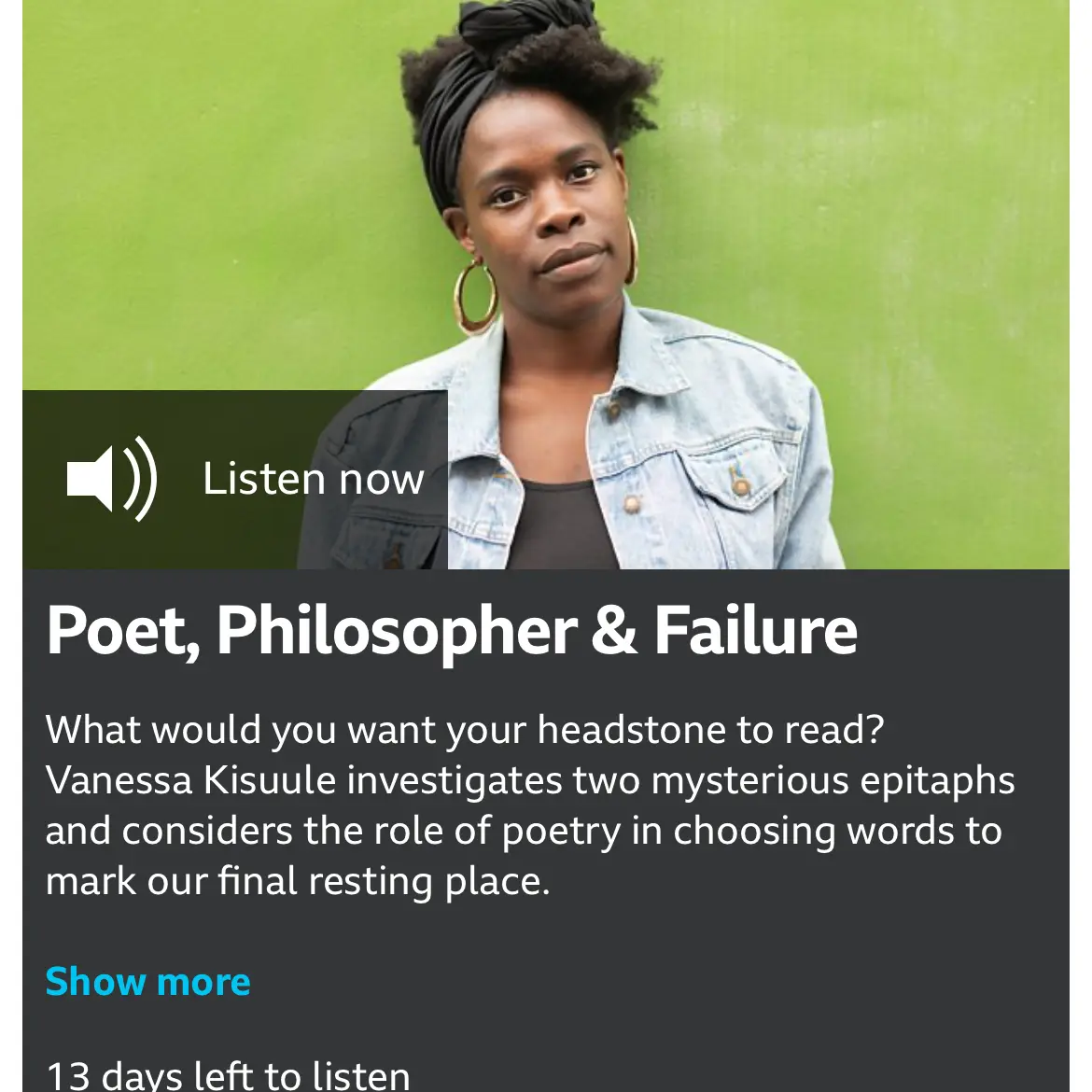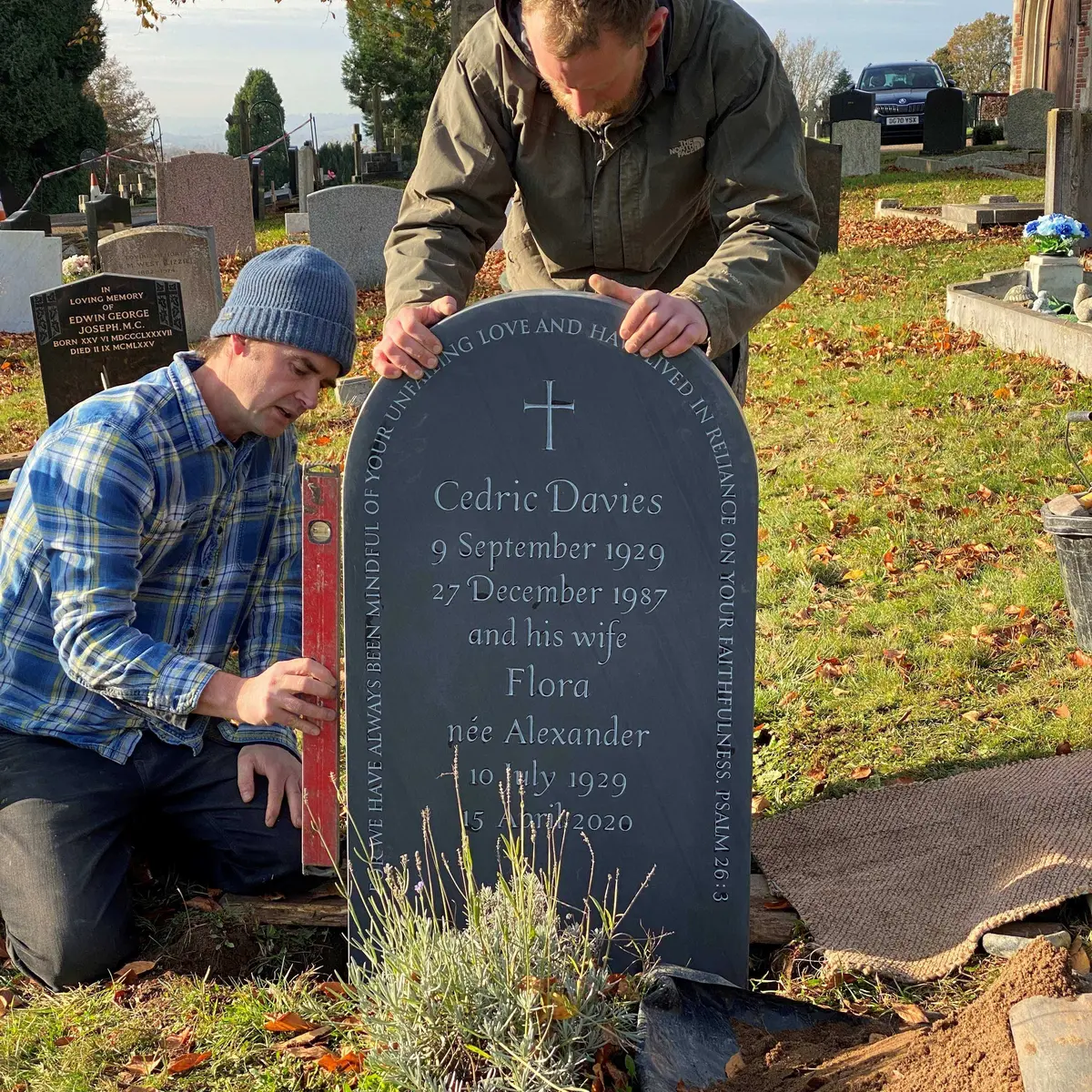By using this website, you agree to our privacy policy
×Designing a Headstone or Gravestone - Expert Ideas and Advice
Find answers to the 10 most frequently asked questions about headstone and gravestone design together with stunning ideas and inspirational headstones.
People often ask me where to begin in designing a headstone or gravestone for a person they love. They come to us because they want to create something handcrafted which will honour their loved ones. However, they may have too many or too few ideas and it is in working together that we create something unique and well designed. This may be a traditional headstone or something more contemporary, and the design will depend not only on the character of the person being commemorated but also on the location of the churchyard or cemetery. Creativity is key, and being hand-carved, our designs are all unique.
Part One: Questions on Headstone Design
The following tips will hopefully answer the most commonly asked questions about headstone design.
1. How do I choose the size when designing the headstone?
The height and the width of the headstone are determined by the shape of the inscription. We don't keep 'off the self' blank headstones. Instead, each one is specifically cut down to the right size. Therefore it is vital to think about the inscription before the shape.
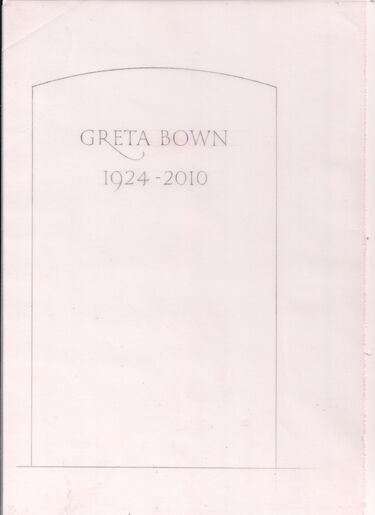
2. Is a simple headstone design ok?
Yes, simple is fine.... and try and avoid the obvious such as 'in loving memory'. In fact, I often find the simplest stones are the most beautiful and moving.
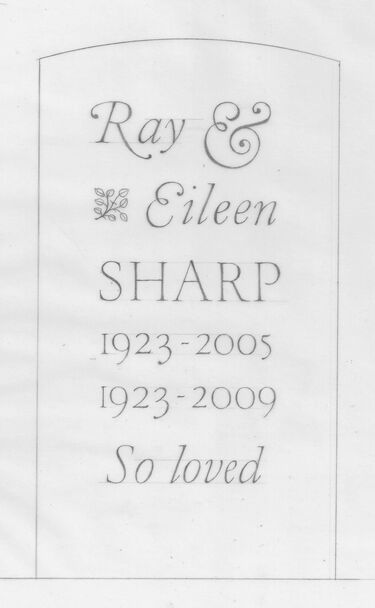
3.What about rules and regulations? Will my design be approved?
Very few of our headstone designs have ever been rejected, mostly because we work within the given rules of the churchyard or cemetery. In fact, most vicars will actively encourage and support a hand-made headstone, even if it slightly bends the rules. The the most important thing is to engage in active dialogue with the vicar or cemetery from the outset, so that we can avoid disappointment later on.
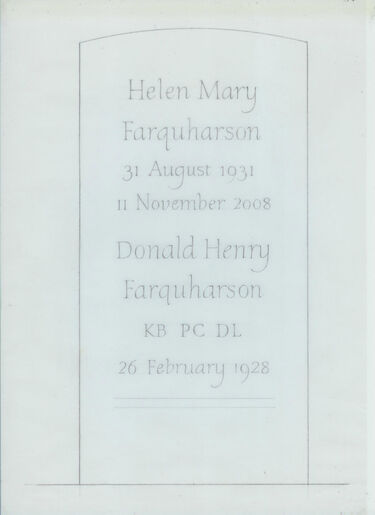
4. Does a design for a hand-carved headstone need to be really fancy?
Not at all. Just because the gravestone is handmade it doesn't have to be different and 'arty'! Sometimes all that is needed is some really fine lettering and spacing, with a simple design like the one above. If on the other hand you have a detailed and complex design in mind that is also great; it is all about giving you choice.
5.What factors influence the choice of design?
When considering headstone design, the general feel and character of a headstone are very much up to the individual who commissions the stone. Factors to consider include:
-The Location of the stone
the location of the stone and the other headstones already present; for example do you want your headstone to stand out or blend in?
-The content
-The shape
-The material
-The character
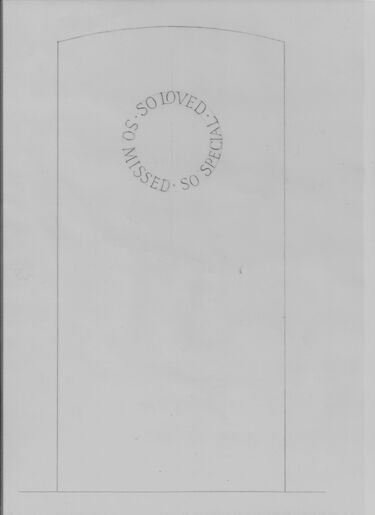
After a few discussions about content and size, shape, and material, it is important to discuss the character. The inscription may need to be formal and upright, maybe using capital letters. Sans serif lettering tends to give a more modern feel. Italics and flourishes are more relaxed.
Whatever the temperament of the stone, current trends are best avoided and the lettering style used needs to be long lasting.
The stone will be marking the grave for a long time and therefore timelessness is important.
6. What about the shape of the headstone?
The shape of the headstone chosen for a design tends to be a very personal decision; a client might for example want to emulate an existing headstone which blends in with the surrounding, or create something that stands out.We tend to avoid the “off-the-shelf” ogee top as it is overused, preferring a simple shallow curve. The prime purpose of the top of the headstone is to allow the surface water to run off, hence my preference for a curved top.If a full round top is chosen however we may want to fill that space with a carving so the shape is partly determined by the design, for example if a carving is not wanted then a narrower curve would be better suited.The beauty of hand carved headstones is that we are not limited to any particular shape, as every headstone is made to order.
7. How long will the headstone design take?
Once you have met with me I tend to come up with a design or a series of sketches within a week or so while it is fresh in my mind. Quite often you will be happy with my initial design, especially if we have worked through lots of ideas together in the workshop. However, on other occasions, this is only the start of a back-and-forth process, where I will make as many alterations to the design until you are completely happy. Sometimes this means going back to the very beginning and starting again with a brand new design. As every headstone we make is bespoke, each process will take time. Four to six months is the absolute minimum and there is often a year to 18-month wait from the point of order. But don't feel guilty about being responsible for an unmarked grave; others will notice far more if you had something made badly in a hurry!
8. Can I change the headstone design if I am not happy with it?
Yes of course! After the initial meeting, I come up with a design that is intended as the first step. You can make as many changes and amendments as you feel necessary until it is just right. The design is then drawn onto the stone and you can then have a look at it again before I begin cutting. At this stage, there are often further changes and subtle adjustments to be made with the spacing.
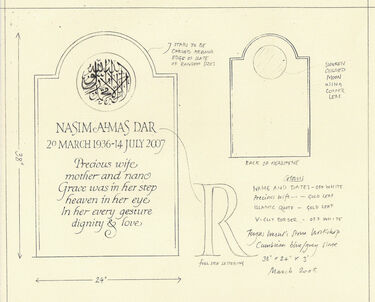
9. How do you transfer the headstone design to the stone?
Some people blow up the design and trace it, but something will always be lost. I prefer to transfer it by eye, drawing out three letters at a time and adjusting the spacing as I go. This process takes time and often several attempts. This is a very skilled process and takes years to master.
10.How do I choose a finish for a headstone?
We finish all of our headstones to a fine-honed surface. This is not polished, but smooth. In this way, the natural characteristics of the materials are accentuated without seeming unnatural. Leaving a very slight matt surface finish also allows a gentle weathering process to occur. We never use highly polished granite or marble although monumental masons offer this finish.
Occasionally clients ask for a headstone with a riven or naturally split surface. We find this material increasingly hard to obtain in a naturally split form so we don’t tend to make headstones with this finish.
Part Two: Inspiration- Headstone and Gravestone Design Ideas
If you do not know where to begin, the best place to start is below where I have included several ideas and inspiration. You might also want to buy our book which features over 150 photographs of headstones. There is, however, no substitute for visiting the workshop, where there are always many headstones in progress, and you will be able to feel the different types of headstones.
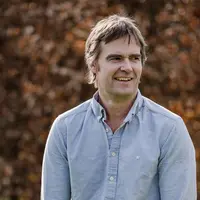
Fergus Wessel
Designer and letter-carver
Fergus created Stoneletters Studio in 2003, after training at the Kindersley Workshop. He is a member of the prestigious Master Carver's Association.


Request our free booklet today
- © 2025 Stoneletters
- Legal notice
- Privacy policy
- Disclaimer
